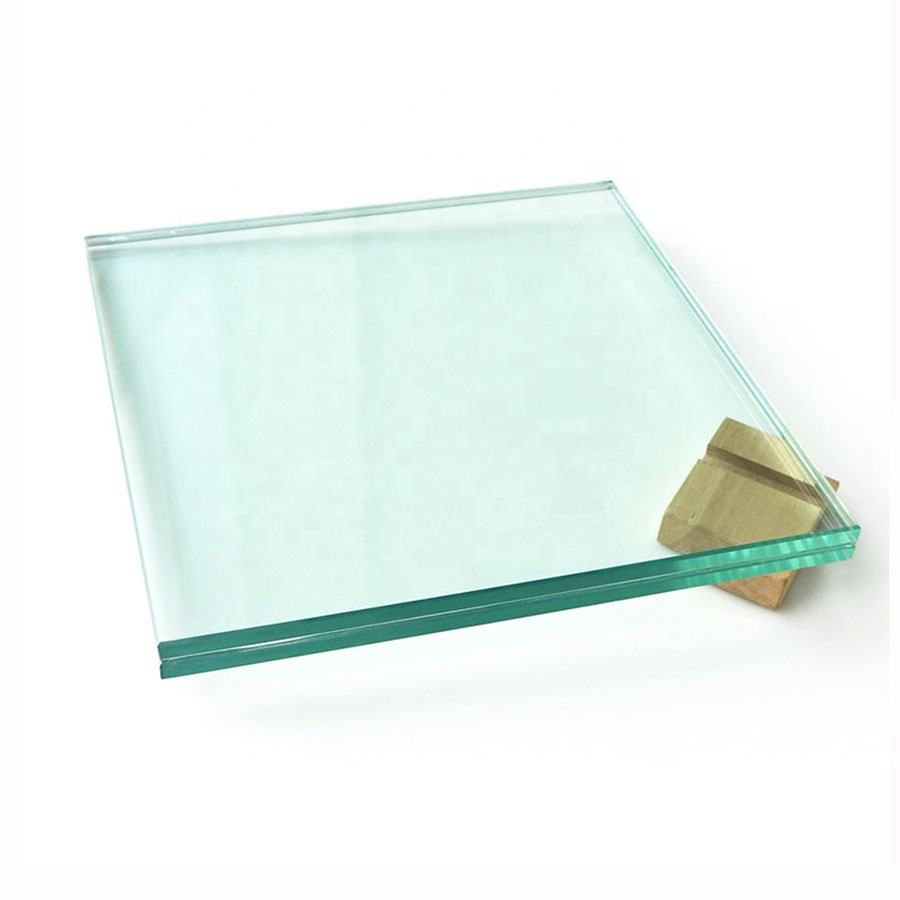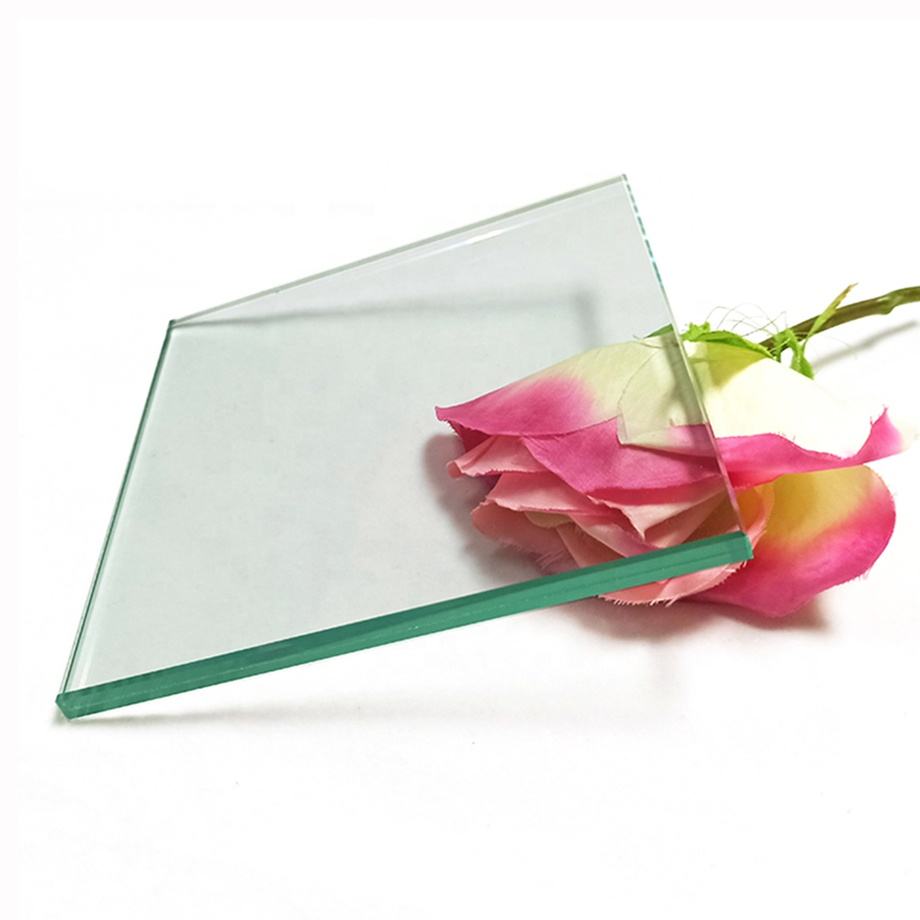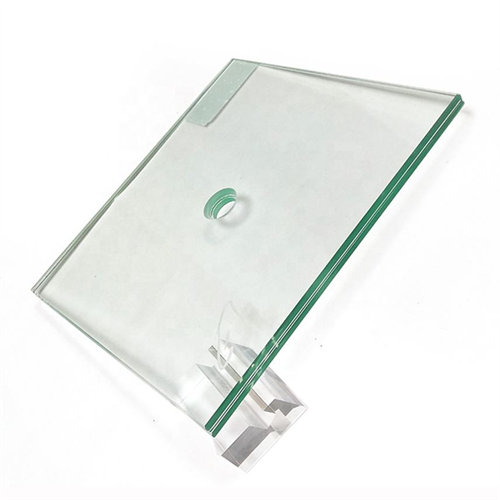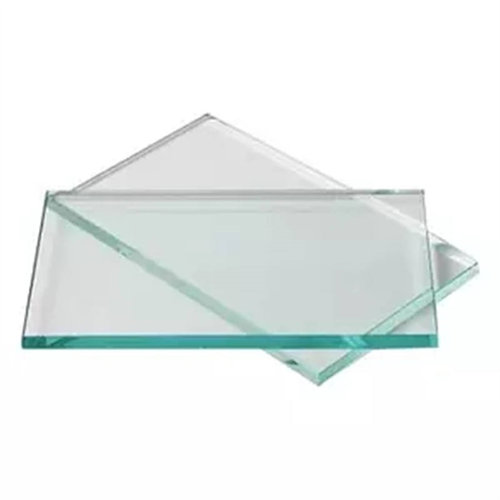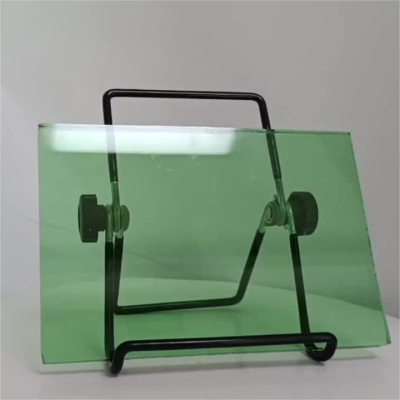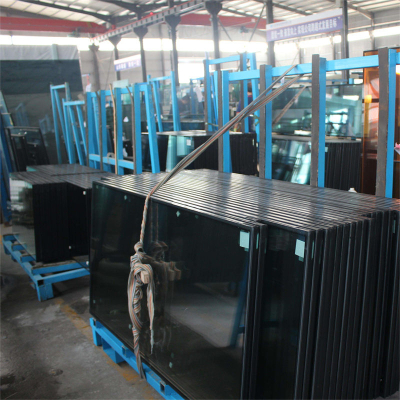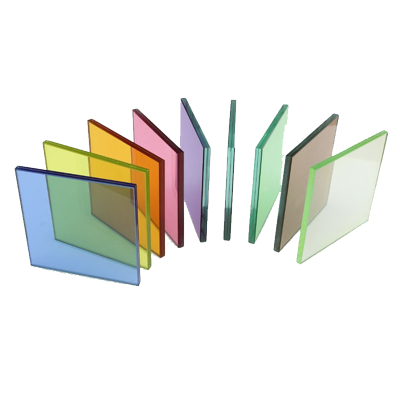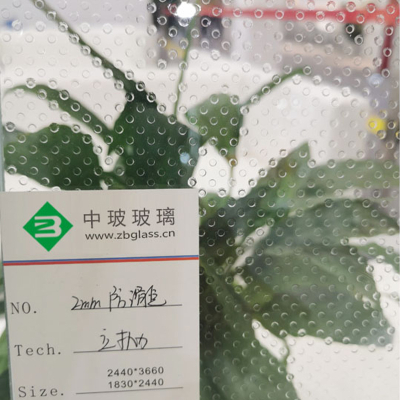Safety Glass
1. Impact resistance: Safety glass is designed to be highly impact-resistant, making it less likely to shatter or break when subjected to strong forces or impacts. This property reduces the risk of injury from flying glass shards in case of accidents or breakage.
2. Enhanced strength: Safety glass is stronger than regular glass due to its manufacturing process. It is typically made by laminating or tempering two or more layers of glass with an interlayer or heat treatment. This enhances its strength and makes it more resistant to breakage.
Product Description
Safety glass is a type of glass that is specifically designed to minimize the risk of injury in case of breakage. It is commonly used in applications where there is a higher risk of impact, such as in windows, doors, and automotive windshields. Safety glass is made by laminating multiple layers of glass with an interlayer of polyvinyl butyral (PVB) or ethylene-vinyl acetate (EVA) film. This laminated construction provides strength and prevents the glass from shattering into sharp, dangerous shards upon impact. Instead, the glass remains intact, reducing the risk of injury from flying glass fragments. Safety glass is highly resistant to breakage and offers enhanced protection against break-ins, accidents, and extreme weather conditions.
Product Advantages
1. Impact resistance: Safety glass is designed to be highly impact-resistant, making it less likely to shatter or break when subjected to strong forces or impacts. This property reduces the risk of injury from flying glass shards in case of accidents or breakage.
2. Enhanced strength: Safety glass is stronger than regular glass due to its manufacturing process. It is typically made by laminating or tempering two or more layers of glass with an interlayer or heat treatment. This enhances its strength and makes it more resistant to breakage.
3. Reduced risk of injury: In the event of breakage, safety glass tends to break into small, relatively harmless pieces rather than sharp shards. This reduces the risk of severe cuts or injuries, making it a safer option for applications where human contact is possible, such as windows, doors, or glass partitions.
4. Security: Safety glass provides an added layer of security by making it more difficult for intruders to break through. It can be more resistant to forced entry, deterring potential burglars or vandals.
5. Fire resistance: Some types of safety glass, such as tempered or laminated fire-resistant glass, have high resistance to fire. They can withstand high temperatures for longer periods, helping to contain flames and prevent the spread of fire.


